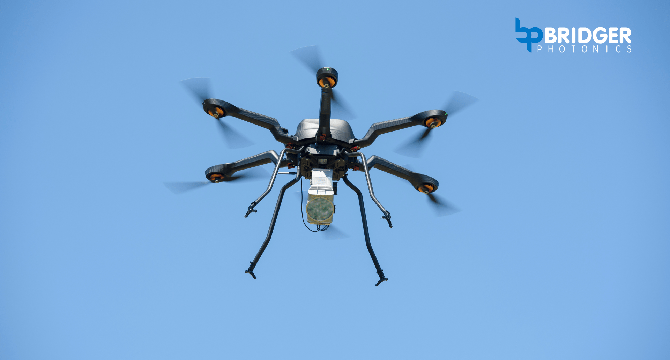Dronelife
2d
35

Image Credit: Dronelife
Bridger Photonics Takes Methane Detection Offshore with Drone-Based LiDAR
- Bridger Photonics, known for using LiDAR-based sensors on fixed-wing aircraft to detect methane emissions on the ground, now employs drones for offshore and remote methane tracking.
- By using a smaller LiDAR sensor on UAVs, Bridger can reach remote locations and obtain readings from challenging areas.
- The company initially experimented with drone-mounted sensors for methane detection, leading to the development of manned aircraft versions for broader coverage.
- Bridger's drone-based methane-detection system offers enhanced capabilities for sites requiring close-proximity and side-view scans.
- For offshore methane surveys, drones serve as efficient tools due to distance from airports; transport to rigs typically occurs via boat.
- Bridger employs two modalities, including the Flux Curtain, to comply with global emission reduction frameworks and differentiate between source and site emissions.
- The company's coordinated drone operations enable rapid, high-resolution methane measurements in offshore environments.
- The use of multiple drones allows for quick calculation of emission rates, representing a significant advancement in efficiency.
- Bridger anticipates a strong market for its drone-based methane detection systems to meet the increasing demand for emissions monitoring in oil-producing regions.
- The adoption of drone technology for methane detection showcases Bridger's innovative approach to enhancing monitoring capabilities in challenging environments.
Read Full Article
2 Likes
For uninterrupted reading, download the app